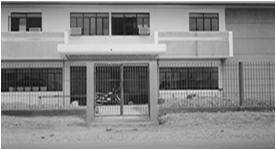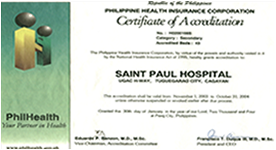|
|
![]()
OUR HISTORY
Tn the year 1992, an officer of the Development of the Philippines (DBP) suggested to the administrator of St. Paul University, Tuguegarao to purchase the land and building foreclosed by the bank, and make it into a hospital. St. Paul University pursued the suggestion since they also needed a clinical laboratory for their allied medical and academic programs. It was done through the initiative of Sister Mary Angela Barrios, SPC who was currently the president of the university.
Before the purchase, the building was operated as a hospital called Cagayan Valley Medical Center. It was owned and managed by a corporation of doctors. After three years of operation, the said hospital was foreclosed due to financial difficulties. For sometime it was also used to house the Bureau of Lands Office. A few years after, the building was permanently closed.
Upon the approval of the Provincial Council of the Sisters of St. Paul of Chartres, the property was purchased by the administration of St. Paul University Philippines.
The building was assesed and plans were drawn for converting it into a hospital. The floor plans approved by the Department of Health were completely new. The main structure remained the same. However, the roofing, plumbing and electrical system were completely changed.
On February 24, 1994, ST. PAUL HOSPITAL - Tuguegarao was blessed by His Excellency Archbishop Diosdado Talamayan. The hospital officially opened its doors and services on August 26, 1994. The Department of Health issued a license to operate it as a 24-bed primary hospital.
Just like any beginnings, the hospital experienced the pangs and toll of new birth. Since the hospital was not yet known to most people of Tuguegarao and the neighboring towns, patients came in trickles. Sometimes, there was only one patient, sometimes two or more. The hospital was hardly surviving. In 1995, with the outbreak of Dengue Fever, the hospital started to be fuly occupied. From then on, there was a progressive increase in the number of patients admitted in the hospital.
With whatever meager income the hospital had, it was imperative to upgrade its facilities. This was made possible through the help of some funding agencies who granted funds for purchase of specific equipment.
In 1996, St. Paul Hospital was granted a license by the Department of Health to operate as secondary hospital and was also accredited by the Philippine Health Insurance Corporation (formaerly MEDICARE).
As time passes by, the hospital has gained the confidence of its clientele and could hardly cope with demands for more rooms. There was also a progressive increase of young medical specialists returning to Tuguegarao thus opening of more services was deemed necessary.


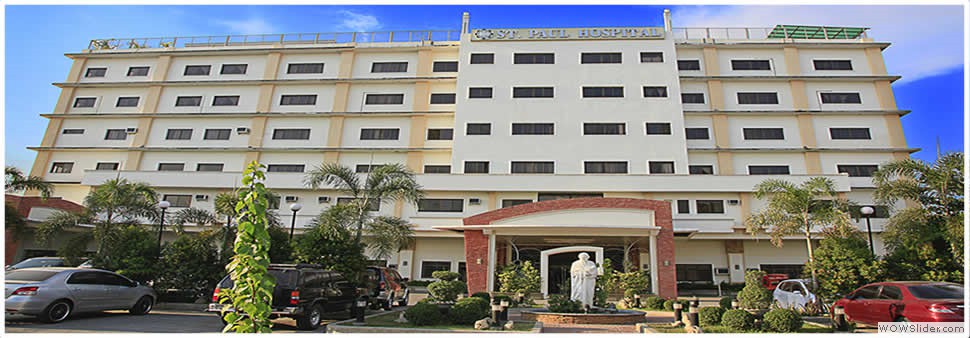
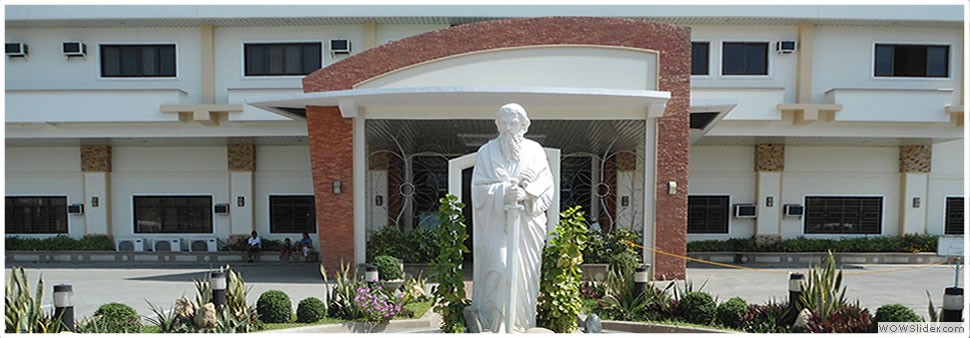 through CHRIST-CENTERED Health Care Services
through CHRIST-CENTERED Health Care Services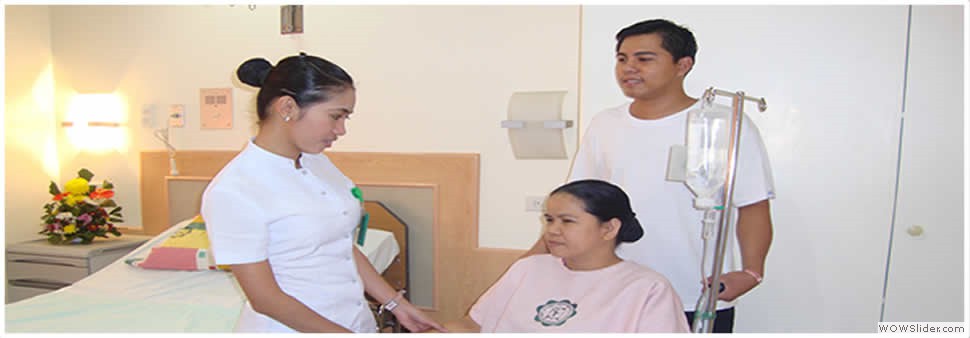 Proclaim God's love to all...
Proclaim God's love to all...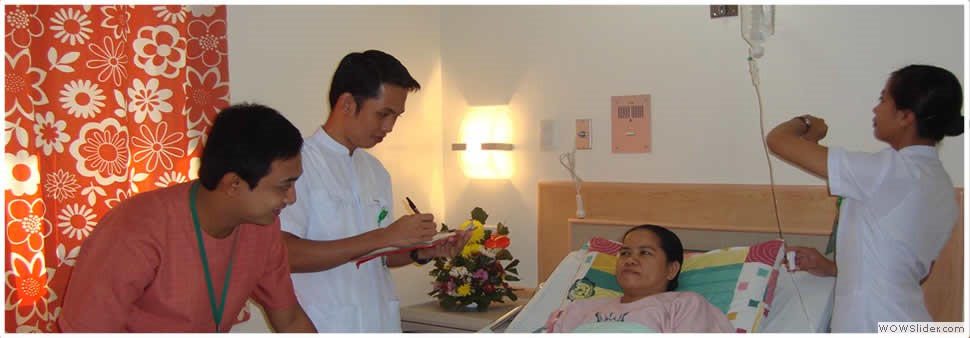 Value LIFE...
Value LIFE...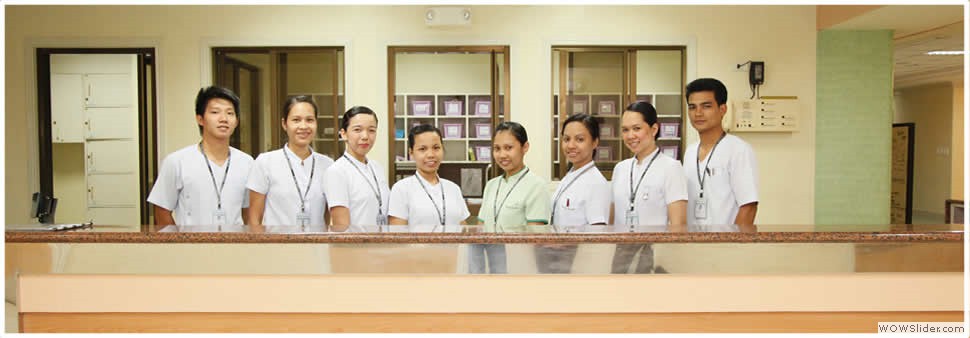 Deliver holistic quality health care...
Deliver holistic quality health care...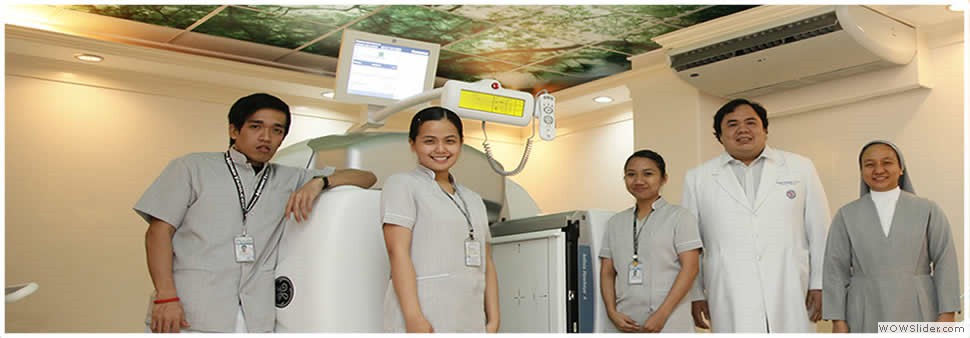 Provide opportunities for total development...
Provide opportunities for total development...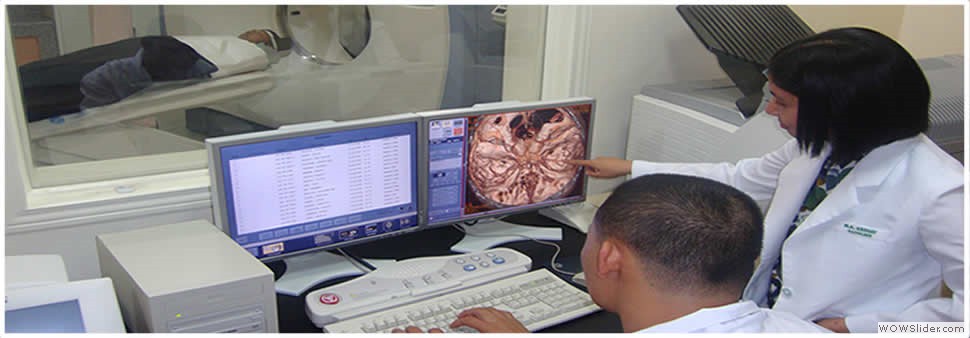 Pursue excellence and value innovations...
Pursue excellence and value innovations...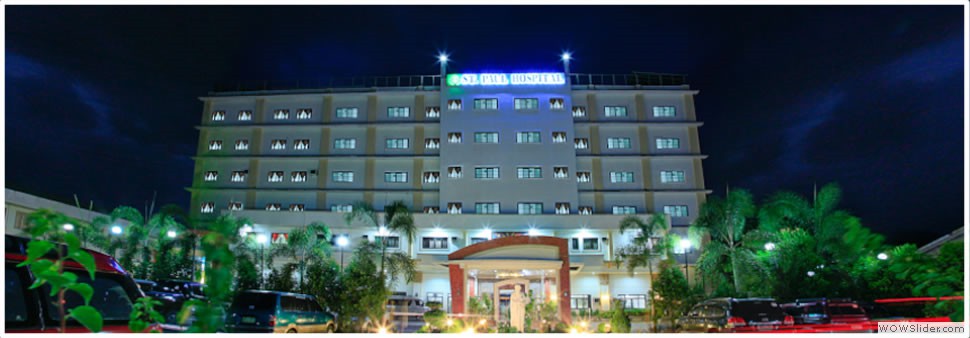 The HEART of Compassionate Caring...
The HEART of Compassionate Caring...